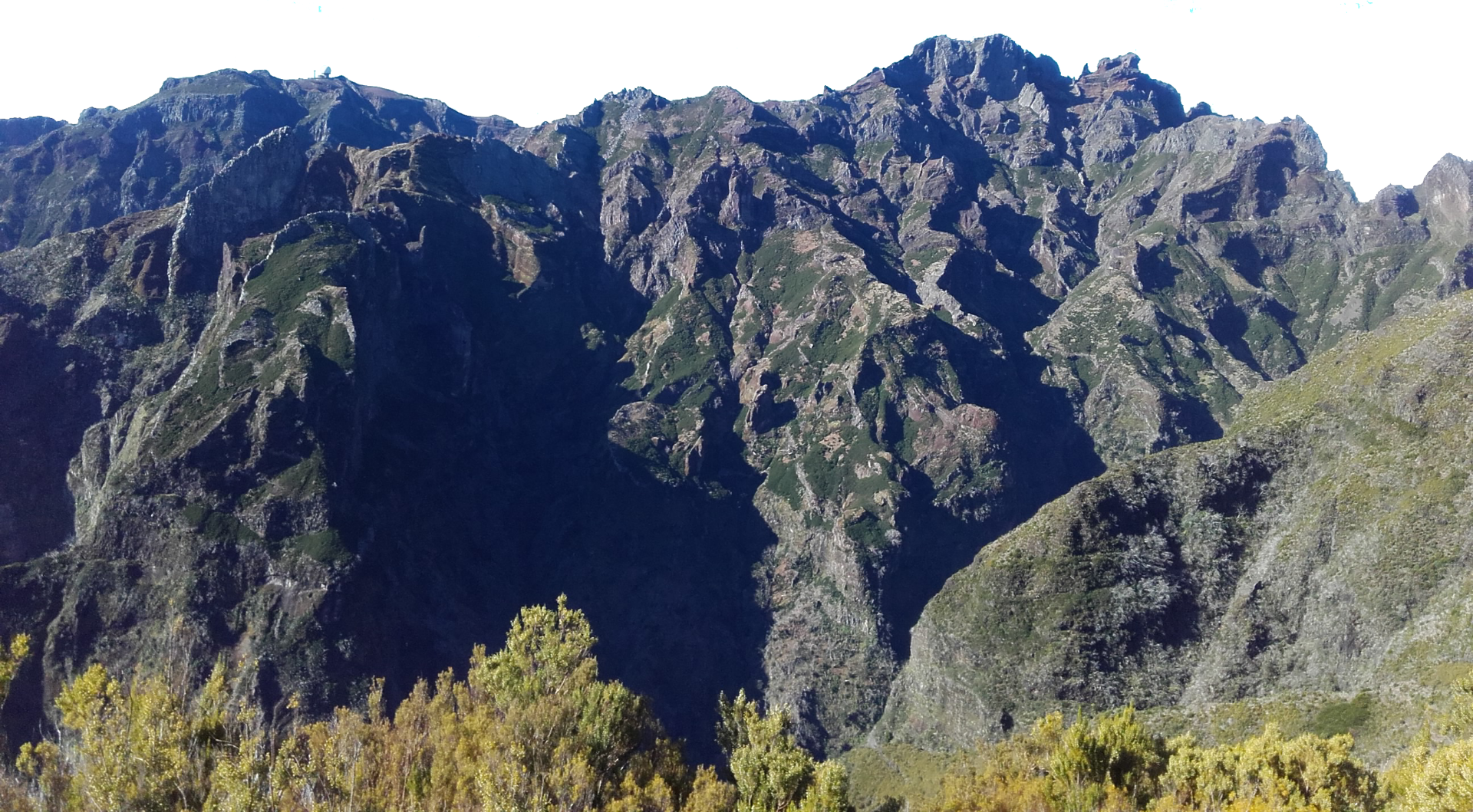A walking holiday in France
Over the centuries the archipelago of the Frioul Islands was occupied by the military to either defend or attack Marseille. Traces of military activity are still visible (and in some places are reminiscent of an abandoned warzone), including the forts built under Henri IV and the WWII bunkers built by the Germans.
A self-guided French walking holiday: Marseille and the history of the plague
During the 17th century, the Islands became mandatory quarantine stops for boats arriving from Africa and the Orient. On May 25th, 1720, the boat Saint Antoine arrived on the Frioul Islands from Smyrna (Izmir, Turkey), Tripoli and Cyprus with a rich cargo of wool and silk. During the voyage several of the ship’s passengers had already succumbed to a disease that was spreading quickly among the crew. The ship was quarantined upon entering the port but not for long as the merchandise was of great value and needed to be transferred as quickly as possible to the town of Beaucaire. The plague spread quickly, killing tens of thousands of Marseille’s inhabitants, and many more inland. The city only became safe again in winter of that same year.
In 1970 the city of Marseille purchased the Frioul islands from the Ministry of Defence and built the village and port. Today, around 400 000 tourists visit the archipelago each year.
Provence walking stay: discovering the fauna and flora of the archipelago
The dry, windy, and salt-swept microclimate allows for only a certain type of vegetation that can adapt to these conditions. Salt-loving and salt-tolerant plants alternate on the island with bare rock and typical “garrigue” Mediterranean vegetation, including rosemary and mastic shrub. Few trees grace the islands, just some Aleppo pines and olive trees twisted by the winds and sea spray. 350 different plant species are on the island, 14 of which are rare or protected, such as Astragalus of Marseille and Lily of the Sands. The islands are rich in birdlife including Mediterranean puffins, which spend most of their lives at sea, returning to these small islands to reproduce. You may encounter cormorants, storm-petrel, or Peregrine Falcon along the way.
The Caroline Hospital: a must see on your walking tour in France
A century after the devastating plague that ravaged Marseille, a new disease was menacing the ports: the yellow fever brought from America. The city decided to act quickly, building a sanitary building away from the mainland. The hospital was built between 1823 and 1828, and at the time was a state-of-the-art medical facility, with strict hygiene measures, maximum aeration and disinfection by seawater. It was destined to welcome 48 sick patients and 24 recovering patients, and every precaution was taken so that the sick were not in contact with the recovering and that doctors were not in contact with administrative staff. In the centre of the complex is a chapel, built as a neo-Greek temple. From 1831 and for more than a century the Caroline hospital was used for French armed forces returning from overseas. The ruined state of the buildings is due to heavy bombardments during the Liberation of WWII.




